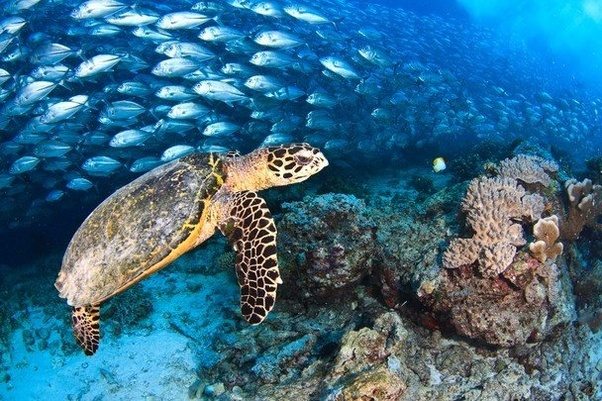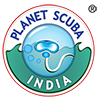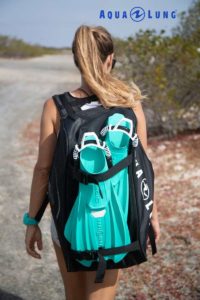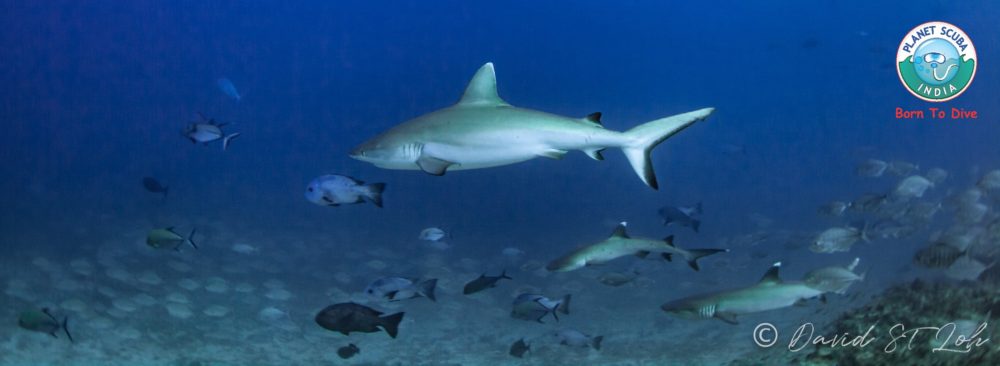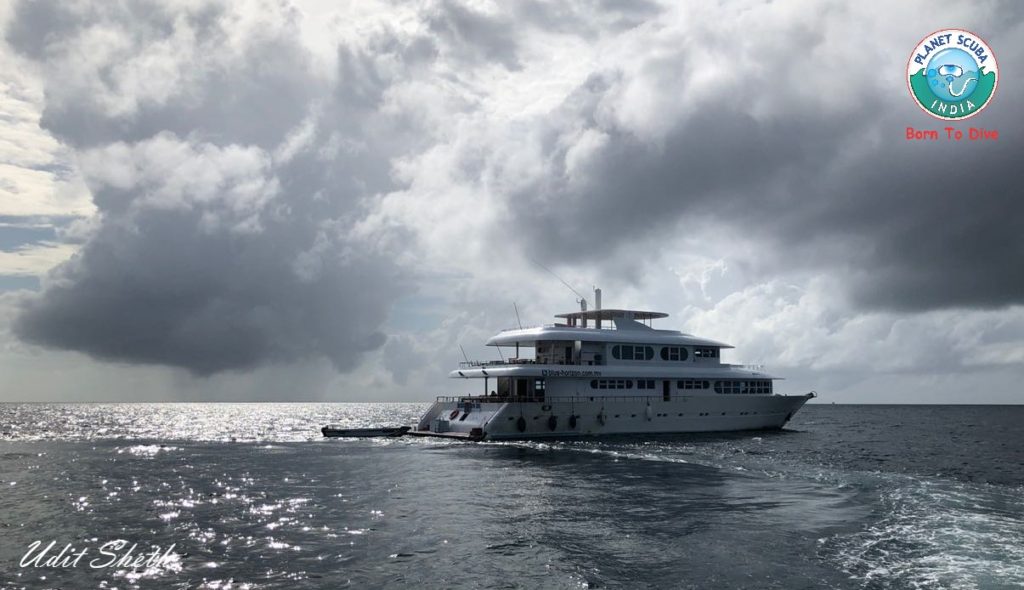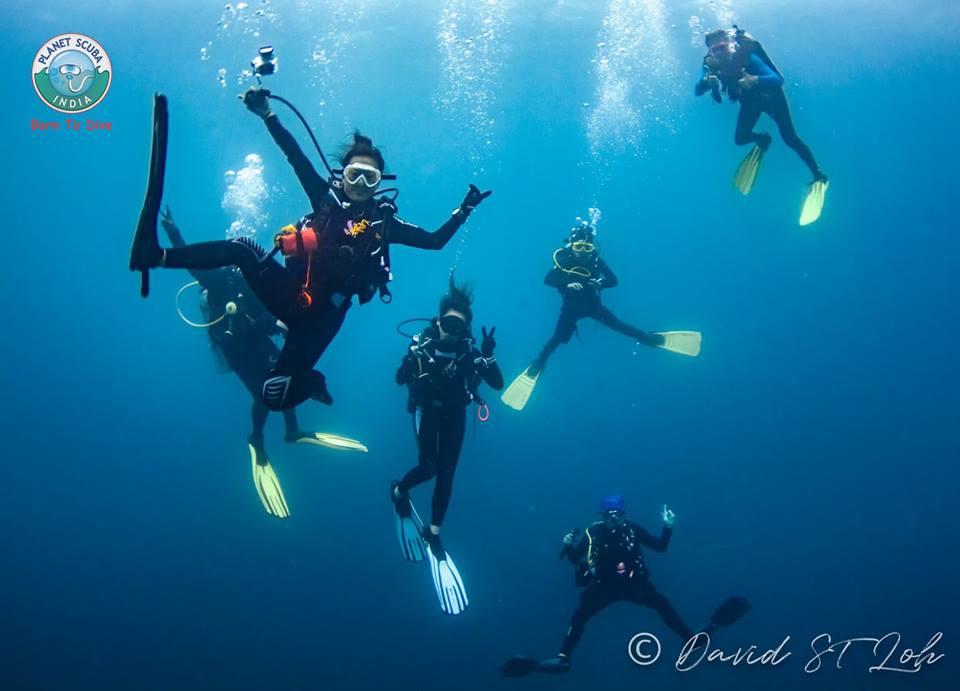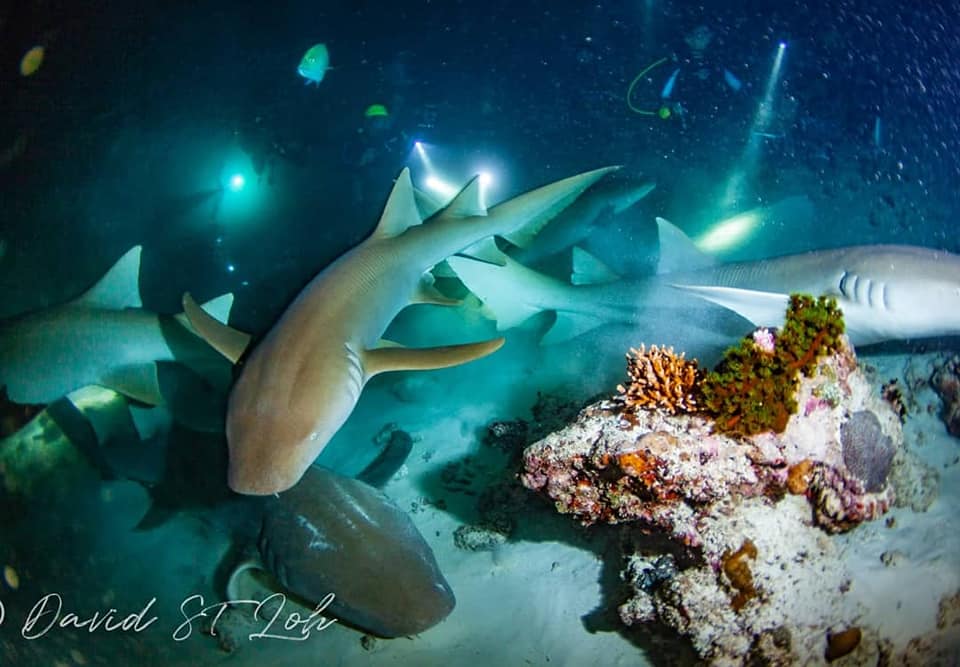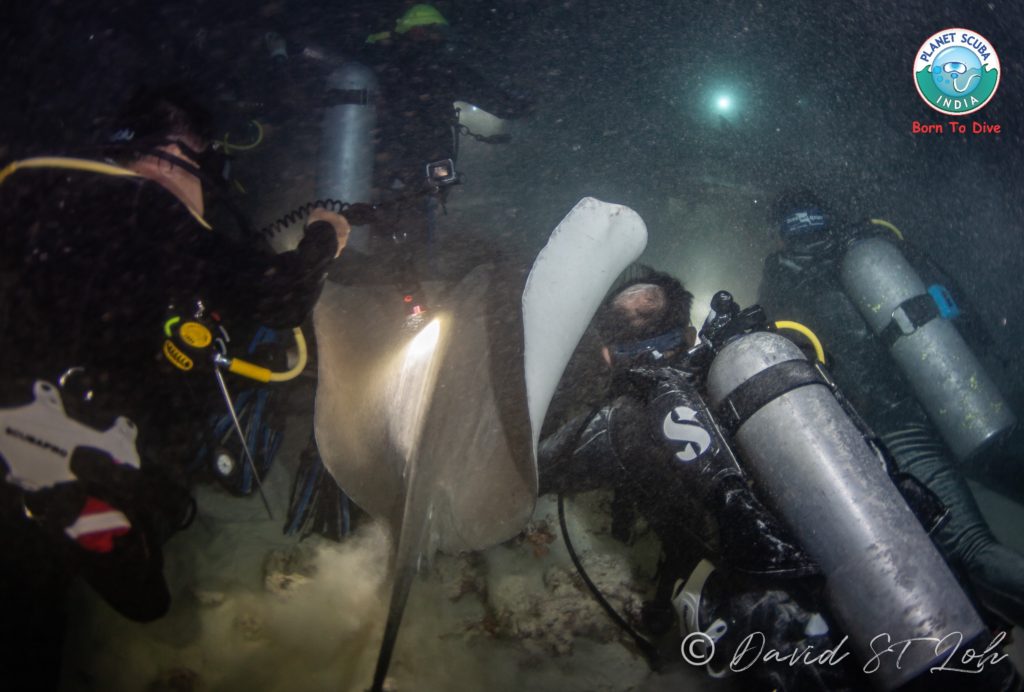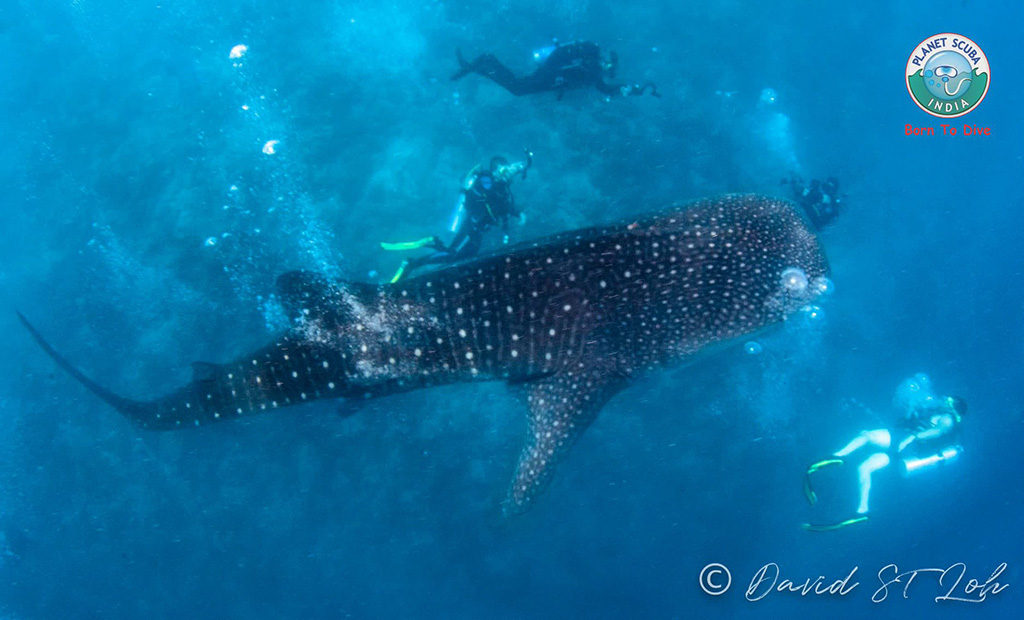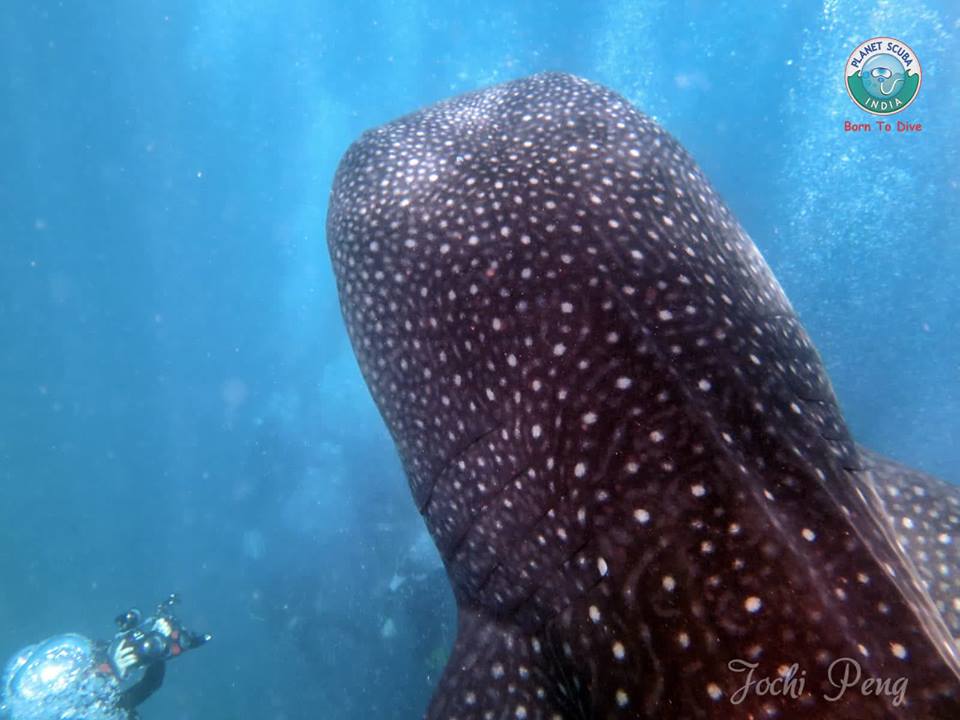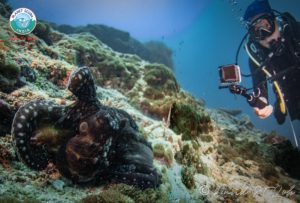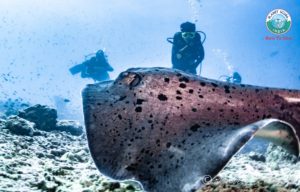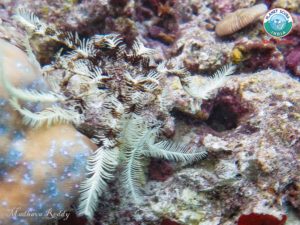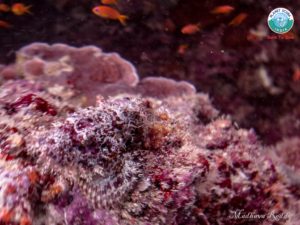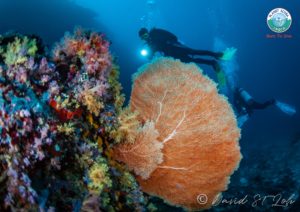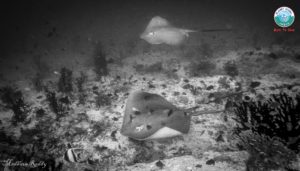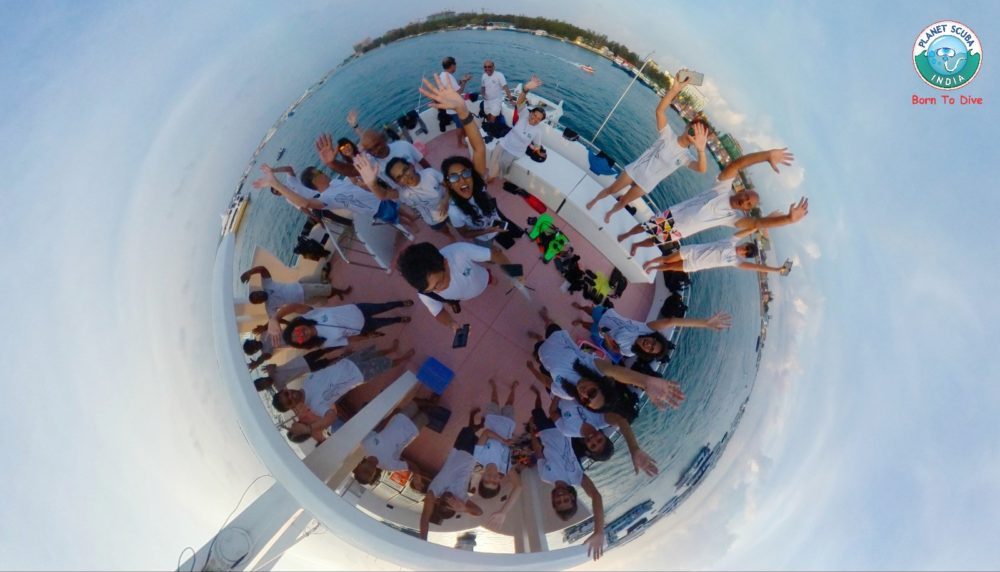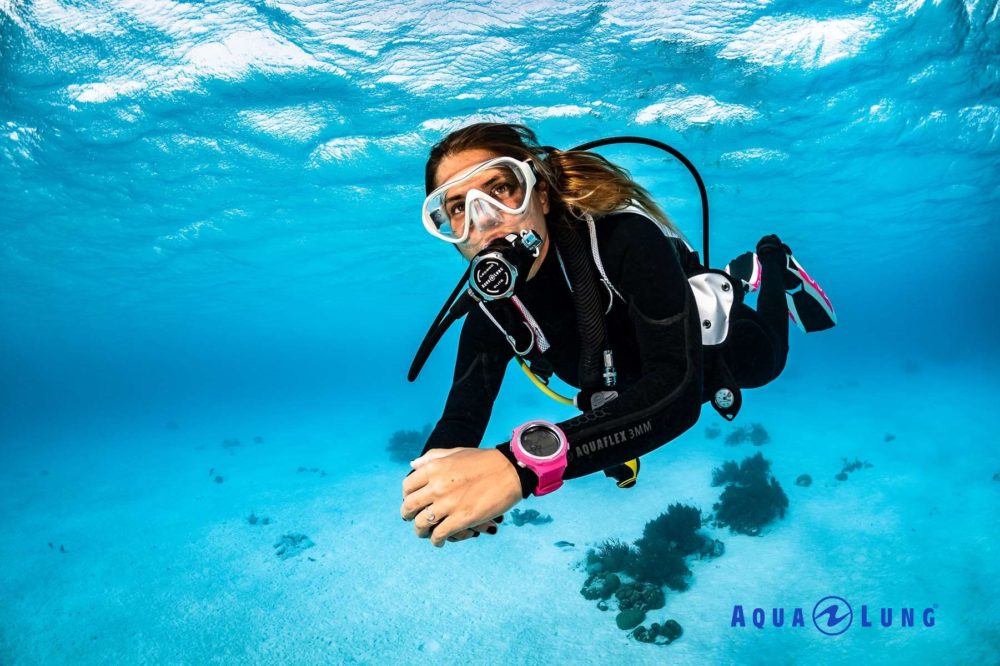
It is a common dilemma: should you buy your own scuba diving equipment in India or continue renting your dive gear. If you think you’d like to buy scuba gear, you may be asking yourself: ‘when is the right time to buy?’ Or ‘which dive equipment is the most important to purchase first?’ Or even, ‘is it more essential to buy now due to Covid-19?’
Buying your own scuba diving equipment is an investment. Hence, it is important to look at all of the options before making a decision that is right for you personally. After all, there is no one universal answer. But there are some good guidelines to help you reach your decision. Here are some pros, cons and suggestions for both new and experienced scuba divers to help you navigate your way around the scuba diving equipment store!
Buying vs renting scuba diving equipment in India
It is not necessary to have your own scuba diving equipment if you plan on going diving with a certified dive center. However, there are some exceptions such as:
- Professional divers who may be required to have their own scuba gear for work
- Divers who have special fitting requirements
- Scuba adventurers planning trips to remote destinations (or on some liveaboards) that require you to supply at least your own basics dive equipment. These include mask, snorkel, fins and wetsuit.
It is not imperative to buy scuba equipment due to Covid-19. However, everyone has different comfort levels regarding buying versus renting. If you do not feel comfortable renting gear, you may wish to purchase key items such as a mask, snorkel, regulator mouthpiece, rashguard and wetsuit. Today, most scuba divers in India, and even snorkelers, prefer owning at least the key dive equipment. Quite a few scuba divers in India are even choosing to purchase their own regulators right now.
On the other hand, if you feel comfortable renting dive gear, you should check the precautions your chosen dive center is taking to prevent the spread of Covid-19 via their rental equipment. The Divers Alert Network (DAN) has published guidelines for dive centers. It details how to care for rental gear and how to correctly disinfect equipment between uses.
At Planet Scuba India, we not only meet these guidelines, we exceed them! We are taking the utmost safety measures to disinfect our equipment. Both our rental scuba gear, as well as dive equipment that is being serviced by us. (You can find additional details here.)
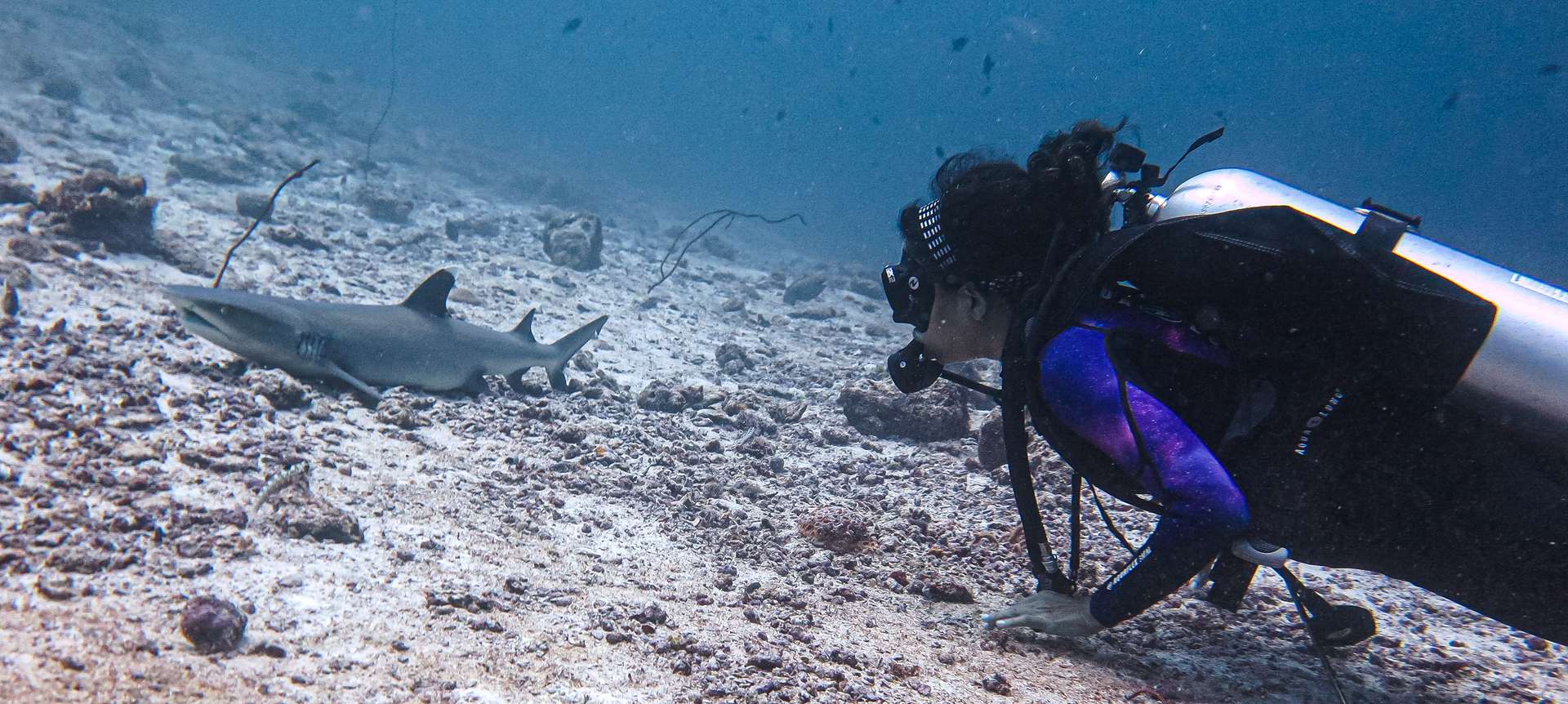
The pros of buying your own dive gear
There are numerous plus points to owning your own dive gear, these include:
1. Comfort & fit
When you buy your own scuba gear, you’ll take some time trying on different sizes and styles. You will make sure that you get the fit that is most comfortable for you. This is important – a badly fitting rental BCD or a leaking mask can really take away from your diving enjoyment.
2. Safety through familiarity
When you have your own dive equipment, you get familiar with it. You know exactly where everything is, which increases your safety. Your SMB is always in the same pocket. You know where you have hooked your alternate air source. And it is easy to locate your other accessories.
3. Long-term savings
Equipment rental prices can vary considerably, depending on where you are diving. When going on longer dive holidays, gear rental can make a sizable difference to the overall cost of your trip. Especially if you are planning on diving every day.
At Planet Scuba India, our PADI courses (up to and including PADI Rescue Diver) include equipment rental in the price.
4. Trust
Owning your diving equipment in India, or anywhere else in the world, means that you know its service history. Since you alone are using it, you know that it has been well looked after. At Planet Scuba India, all of our rental gear is either new or well-maintained. We follow a thorough maintenance schedule. We are an Aqua Lung Partner Dive Center. This means we have trained technicians on site to service Aqua Lung, Apeks and the other equipment brands we represent. You can rest assured that your scuba gear is being professionally serviced.
5. The right item for the job
Some divers have specific scuba equipment requirements, which may not be guaranteed if you are renting. For example, an underwater photographer may need large BCD pockets to store interchangeable wet lenses. You often have limited options when renting gear. It is best to buy your own dive equipment to avoid being disappointed. Especially if you have special requirements.
6. Multi-purpose
Not all diving gear is only for scuba diving. Your mask, snorkel and fins double up as snorkeling gear for your next beach holiday. Wetsuits can be used for other water sports. Rashguards can be used while swimming in the pool to avoid sunburn. Many dive computers also include free-diving modes.
7. Dive computers
Each dive computer has different settings, buttons, menus, functions and algorithms. It can be both frustrating and time consuming to try and figure out a different model of rental computer each time you go diving. More importantly, it can also potentially compromise your safety. More so if you do not fully understand the information on the display. Owning your own dive computer means you will get to know how it works. Also all of the dives stored in its memory will be your own dives. Many computers also link up to apps and/or your laptop so you can transfer your logged dives instantly.
The pros of renting your scuba gear
1. Baggage allowance
Consider your baggage allowance if you are planning on going diving on holidays. Some airlines provide additional allowance for scuba gear. However, if they don’t, you could be charged for excess baggage at the airport. That said, quite a few companies have come out with lightweight scuba gear that’s perfect for travel.
2. Different locations, different requirements
That 3mm shortie you love may be great when you are scuba diving in India or in the tropics. But what about when you travel to cooler waters?!
3. Maintenance & servicing
You need to look after your scuba equipment, and this extends beyond rinsing it after diving. Dive computers need battery changes. BCD inflator hoses need to be cared for. Regulators need servicing and parts (especially O-rings) need replacing periodically. We, at Planet Scuba India, are currently offering free servicing on Aqua Lung and Apeks diving equipment in India. So that you can take that giant leap into the blue without stressing about your gear. For details, click here.
4. Storage
You will need somewhere to store your equipment at home when you are not using it. This should be somewhere cool and dry, where it can be hung up or laid flat.
5. Try before you buy
Here’s the kicker with scuba gear: in most dive stores, you can try the gear on in the shop, but not in the water! One way around this is to note down the rental gear that you really like. Record the manufacturer and model name (and size) and start creating a wishlist.
6. Finances
There is no way around this one; buying a full set of gear is a big investment.
Important: If you decide to buy your own scuba gear, only buy it from a reputable dealer and follow the manufacturers’ instructions. Keep your receipts, warranties, guarantees.
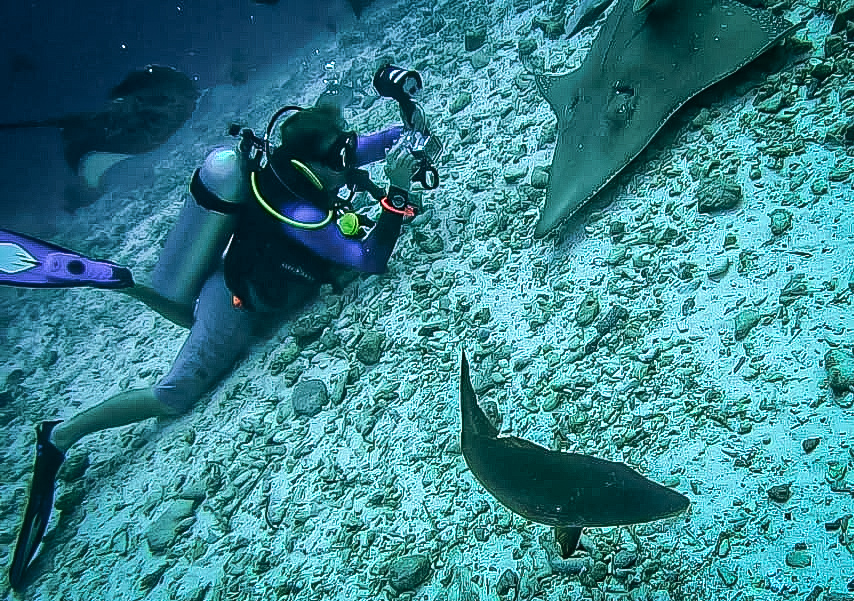
Scuba diving equipment in India & Covid-19
To ensure the safety of our staff and scuba divers, at Planet Scuba India, we have implemented additional disinfection measures post the onset of Covid-19, especially with regards to our rental equipment. All rental equipment will be thoroughly disinfected after each use. The entire regulator system including the primary and the alternate air source will be disinfected, as will the BCD oral inflator and the internal bladder.
For scuba divers who prefer to purchase their own equipment, we have a well-stocked dive store comprising the best scuba diving equipment in India, from the best brands from around the world. Our experienced staff are on hand to offer any advice regarding fit, suitability and compatibility of your scuba gear purchase.
Have some more questions about diving equipment in India? Simply drop us an email at holidays@planetscubaindia.com or sales@planetscubaindia.com. You could also just fill in our online contact form here, and we will get right back to you!
We look forward to diving with you soon!
Text: Sarah Wormland, PADI (with inputs from Planet Scuba India)
Dive India & Advance Your Scuba Skills
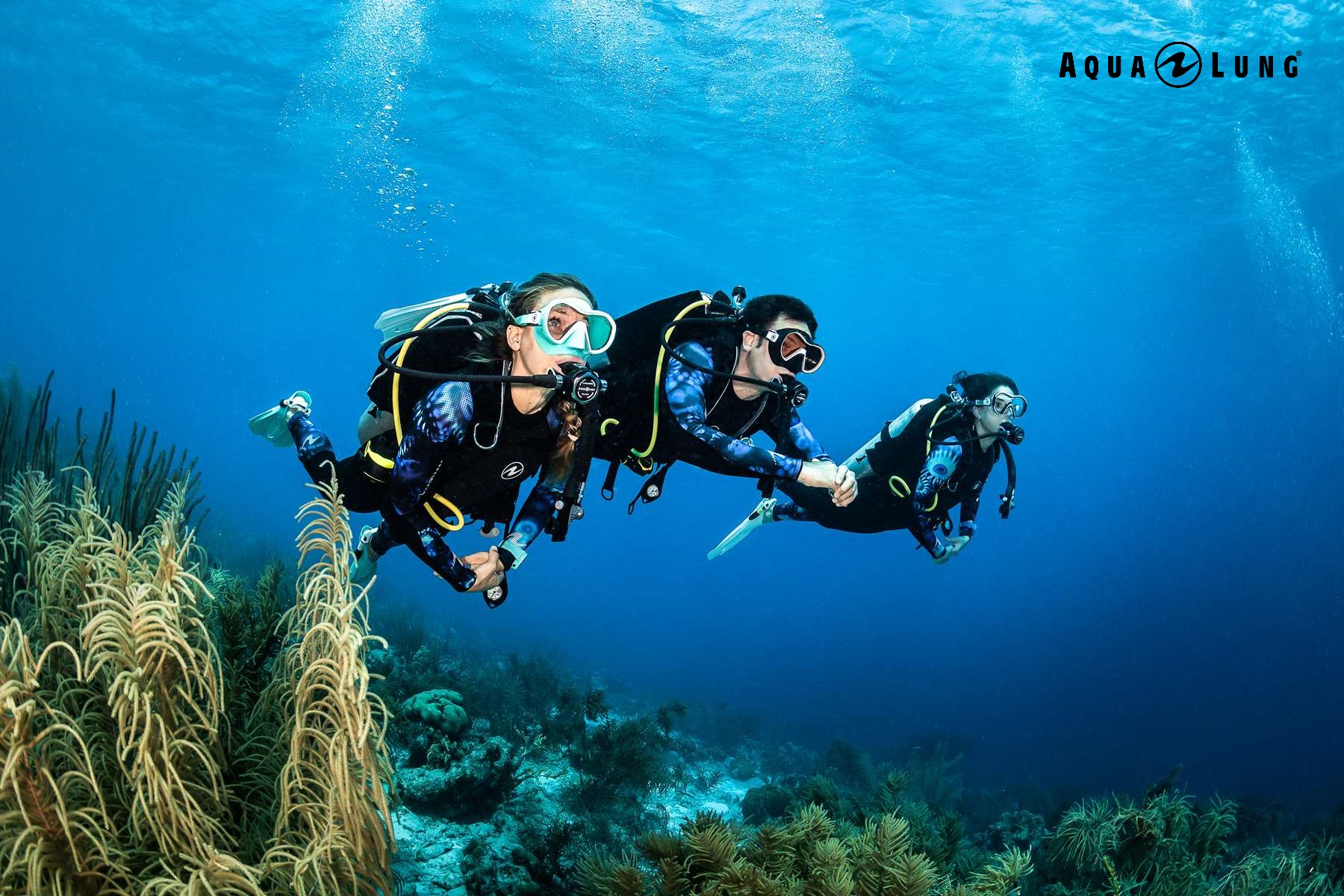
Did you ever dive in India? Are you a certified diver who wants to develop your skills, learn new ones and become a more confident diver? Are you trying to decide between taking a core PADI course or a specialty?
The good news is that as a certified diver you have plenty of options to dive in India. We have a diverse range of sites in our country for you to explore; all while you develop your skills and learn new techniques.
Deciding on which course to take next depends on your current certification level. It also depends on your interests and what you want to get out of the program.
If you are a PADI Open Water Diver, the next course for you is the PADI Advanced Open Water Diver course. This is our recommendation for all Open Water Divers who want to dive India or anywhere else in the world! You’ll make 5 incredible dives with your instructor, including a deep dive and underwater navigation. The other three dives are yours to choose from a wide range of options. In fact, you can start learning most of the courses from home straight away! Get in touch with us to know how.
For those who are already Advanced Open Water certified, the next step is the PADI Rescue Diver Course. Do you want to become a PADI Divemaster or Instructor? Then you’ll need to become a PADI Rescue Diver first. It is a requirement for all pro courses.
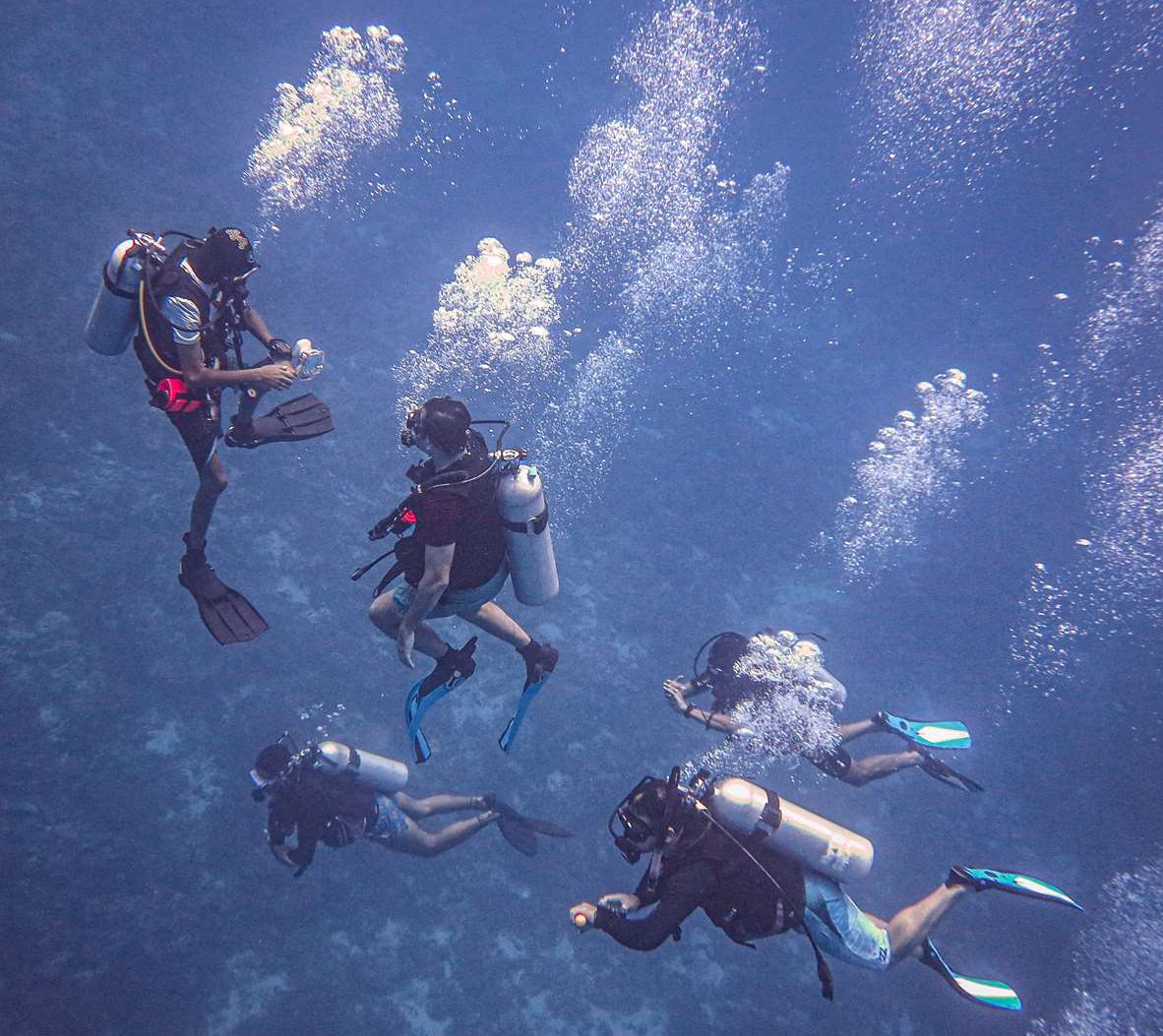
Here are some other programs that might be of interest to you when it comes to developing specific skills…
Reactivate:
With the current Covid-19 situation, in all probability, it has been a while since your last dive. Do you want to recap some of the essential basic underwater skills before moving on? No problem, the PADI reactivate program is specifically designed for this purpose. It will get you back in the water and make you feel confident about your abilities!
Enriched Air Specialty:
It seems so unfair when you have plenty of air left and your computer tells you to shallow up. Ever wished you could stay deeper for longer? Diving with Enriched Air (Nitrox) increases your allowable bottom time. This means you can admire the depths of your favorite dive sites in India, for longer!
Emergency First Response:
This program is a complete CPR and first aid course. It is mostly known by its abbreviation: EFR. The course deals with all aspects of emergency assistance, not just those related to diving. You’ll learn about handling accidents at home and in other daily situations too. Topics covered include CPR, spinal injuries, serious bleeding, choking, shock, splinting… It also includes first aid assessments and many more techniques that can extend a patient’s life. This is a great certification for anyone as it teaches essential lifesaving skills.
PADI Divemaster:
Are you already a PADI Rescue Diver? Thinking of a career in the scuba diving industry in India? Then the PADI Divemaster Course is your first step into professional diving! Unlike other PADI Courses, you’ll be mentored and work alongside your instructor. You’ll gain insight into the workings of the industry and behind-the-scenes at a dive center. You’ll also develop the skills required to assist PADI Instructors with PADI courses. And also learn how to guide certified divers independently.
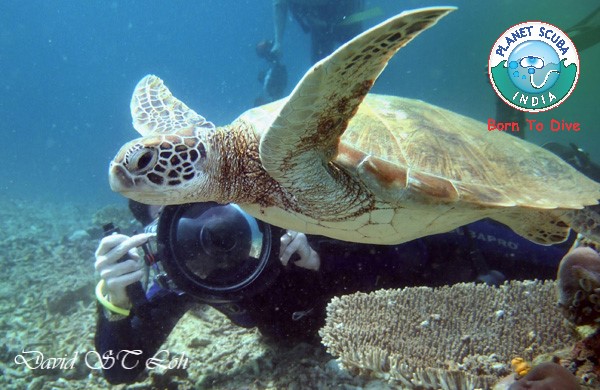
Digital Underwater Photography Specialty:
It’s hard to explain to non-diving family and friends about some of the beautiful life we see underwater. But with amazing images, you don’t need to! Master the techniques required to produce sharper and more colorful images which will impress your buddies and land-loving friends! The best part is that you don’t have to travel too far to get fabulous photographs. There are many sites that you can dive in India too for some amazing clicks and memories.
Other PADI Specialties:
Is there a particular type of diving you want to learn more about? We also offer a full range of PADI Specialty Courses. These allow you to learn more and develop knowledge in specific aspects of diving. Here’s the list of additional PADI specialty courses: Boat Diver. Deep Diver. Drift Driver. Night Diver. Peak Performance Buoyancy. Search & Recovery Diver. Underwater Naturalist. Underwater Navigation. Wreck Diver.
Are you feeling inspired to take your diving to the next level? For more information, send us a message through our online contact form. Or you can email us at: holidays@planetscubaindia.com and we will get right back to you!
By Sarah Wormald, PADI
Best Scuba diving in India: the top dive sites
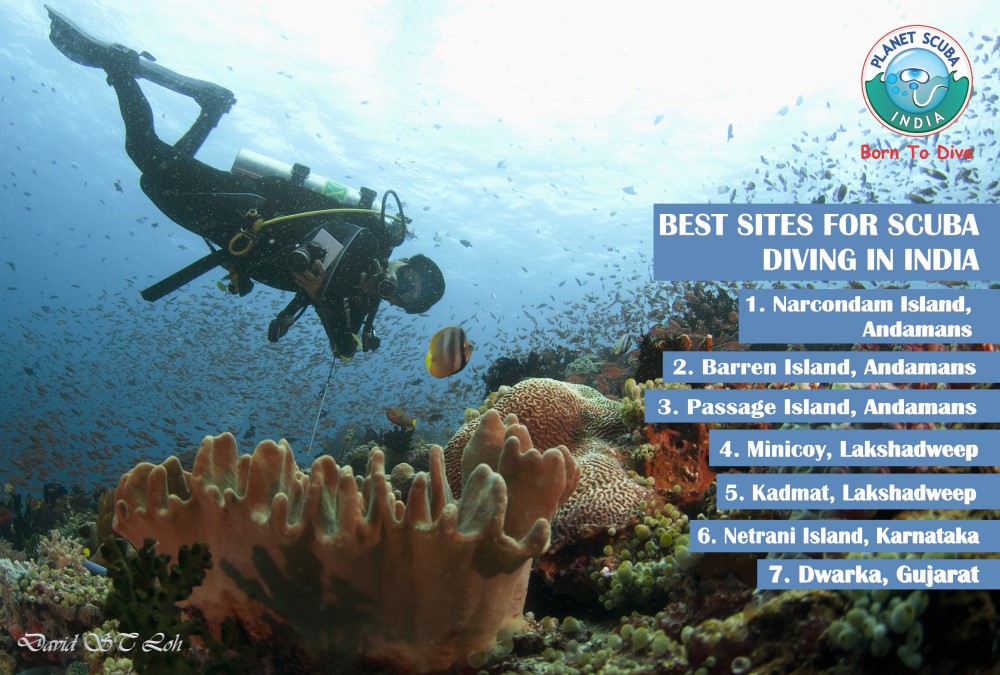
Here are seven of the best sites for scuba diving in India Planet Scuba India recommends that should be on your bucket list this year. Scuba diving in India has explored less than one per cent of the country’s more than 8,000 km coastline. By virtue of their geography, the archipelagos of Lakshadweep and Andaman and Nicobar are the gems of world class diving. Followed close on their heels by Dwarka. The lost city of legend that could well rewrite history as we know it! And then, there is the heart-shaped island in Karnataka. Adored by divers for its tranquil waters and rich marine life. From whale shark sightings to macro photography, scuba diving in India offers a plethora of options, for both beginners as well as advanced divers.
1. Narcondam Island, Andamans
Ooh La La—a quirky name for a site for scuba diving in India. But then, everything about Narcondam prompts the expression. Located around 256 km to the northeast of Port Blair, this volcanic island in the Andamans is covered in dense forests. Its lush green peak that rises from brilliant blue waters forms a rather picturesque contrast. But it is the panorama below the waves that interests scuba diving enthusiasts. Especially since it was none other than the father of scuba diving, Jacques Cousteau, who put this island on the diving map.
Scuba diving sites: Ooh La La and Lighthouse Reef. These scuba diving sites at Narcondam feature rocky ledges and steep slopes. These are replete with colorful hard and soft coral, huge barrel sponges and large sea fans. The clear waters offer visibility of up to 25 meters. Depths here exceed 30 meters.
Marine attractions: Schools of bumphead parrotfish, surgeonfish, fusiliers, snappers, angelfish and a variety of brightly hued reef fish. The deep waters also increase sightings of pelagics. Yes, one can expect to see manta rays, eagle rays, Napoleon wrasses, tunas, big-eyed travellies and grey reef and whitetip sharks.
2. Barren Island, Andamans
Scuba diving near an active volcano! The mere thought is enough to give you an adrenaline rush. Now couple that with the fact that the volcano dates back 1.6 million years. Packed your diving gear yet?! Barren Island in the Andamans lies on the edge of the India-Burma tectonic plates. And has earned a reputation worldwide for having some of the best sites for scuba diving in India. The underwater world here is a series of juxtapositions: clear blue waters, dark black soil and colorful reef life. Not to forget that surface intervals offer splendid sights of a smoking volcano.
Scuba diving sites: Purple Haze. Thus named to reflect a 50-meter-wide area covered in soft purple corals. Black Magic has sand divers and moray eels peeking out of a bed of black sand. Other scuba diving sites here include Manta Point, Coral Garden, Auditorium & Gallery and Manta Bay. You can spot that manta ray circling 25 meters away. Most dive sites have depths of more than 30 meters.
Marine attractions: Manta rays! Yes, we know we mentioned them already. Moray eels, turtles, octopus, whitetip and blacktip sharks. Also, barracudas, travellies, dogtooth tuna, needlefish, parrotfish, and a multitude of reef fish. Oh, and whale sharks are occasionally spotted at some of the dive sites here too.
3. Passage Island, Andamans
High on our list of best sites for scuba diving in India is the uninhabited Passage Island. Here the waters attract pelagics aplenty! Located about 53 km south of Port Blair, this island boasts an offshore pinnacle called Fish Rock. A scuba diving site that, true to its name, is teeming with fish life.
Scuba diving sites: Barrel sponges, large orange fan corals and clusters of soft corals cling to the rocky reef of Fish Rock. This dive site slopes down to more than 30 meters.
Marine attractions: Bumphead parrotfish crunch on corals. While barracudas and surgeonfish swirl around in schools. Yellowback fusiliers, bluestripe snappers and bannerfish paint the waters in their vibrant hues. Moray eels peek out from under rocks. The bolder ones, at times, can be seen draping themselves on fan corals. Also making an appearance are groupers, turtles, rays, Napoleon wrasses and dogtooth tuna.
4. Minicoy, Lakshadweep
Every diver we know of gets all dreamy-eyed about scuba diving in the Maldives. Enter Minicoy, the island located at the southernmost tip of the Lakshadweep archipelago. Which is just an Eight Degree Channel separation from the Maldives, as per the Admiralty Charts. Minicoy offers the most spectacular sites for scuba diving in India. Not least of which are the three large shipwrecks at around 8 meters depth on the island reef. Allegedly, it was these shipwrecks that lead to the construction of the lighthouse on the island in 1885. Other tourist attractions on this crescent-shaped island include the large lagoon on the western side and the tiny islet on the southern tip called Viringili.
Scuba diving sites: The SS Hoechst and other shipwrecks are best described as underwater museums. Not least because they are home to a large number of fish species. Manta rays can be spotted at dive sites like Ragganmathi, Mulimatti and Rabberufarai during September and October. While Bose Point, Murambu and Boduhavaligang offer great marine biodiversity.
Marine attractions: Whitetip and blacktip sharks, rays, turtles, jacks, barracudas, tuna, sweetlips, large groupers, red snappers, black snappers, bigeye trevallies, Napoleon wrasse, humphead parrotfish… The list simply goes on and on.
5. Kadmat, Lakshadweep
This idyllic island in the Lakshadweep archipelago is just 8 km long and 550 m wide. That too at its broadest point! Kadmat promises one of the most memorable holidays for scuba diving in India. Thanks to its shallow calm lagoon, pristine beaches, crystal clear waters and rich marine life.
Scuba diving sites: The Wall, covered with soft corals, is one of the most beautiful reefs. Schools of tuna and barracuda vie for your attention. While sharks whiz past and turtles swim by at a languid pace. Other dive sites here are North Cave, Potato Patch and Shark Alley. Visibility in these waters ranges from 20 to 50 meters.
Marine attractions: Sharks, eagle rays, turtles, tunas, jacks, sweetlips, groupers, moray eels, lobsters, batfish, fusiliers, wrasses… The dive sites here are great for macro photography too.
6. Netrani island, Karnataka
The heart-shaped island is possibly one of the most adorable destinations for scuba diving in India. Netrani, located off the coast of Karnataka, is a small, uninhabited island. A rocky outcrop emerging from the Arabian Sea, approximately 10 nautical miles from Murudeshwar. The temple town that is home to the second largest Shiva statue in India. It is rated as one of the best places on the west coast for scuba diving in India. Mostly because the tranquil waters here are known to throw up unexpected surprises.
Scuba diving sites: The Nursery teems with juvenile fish of various species. While T55 is a great place to spot groupers, travellies, jacks and a sunken torpedo. Grand Central Station, The Abyss, Dini’s Delight, Cul de Sac and Aladdin’s Cave round up the list of scuba diving sites at Netrani. The clear waters offer visibility of 15 to 30 meters. Depths range from 10 to more than 30 meters.
Marine attractions: Butterflyfish, barracudas, batfish, groupers, parrotfish, surgeonfish and snappers dart into camera range. At The Abyss, cruising pelagics are a common sight. The seagrass at Cul de Sac is home to different species of goby and their cleaner shrimp.
7. Dwarka, Gujarat
Imagine scuba diving in India at a place that could rewrite world history. We are talking about the over 9,000-year-old lost city of Dwarka! The legendary dwelling place of Lord Krishna. For this reason, Dwarka finds its place on the our list of the best sites for scuba diving in India. While findings by the Underwater Archaeology Wing of the Archaeological Survey of India only reveal that ancient structures have been discovered, along with 30 copper coins. The exact date of the structures and coins are yet to be discerned.
Scuba diving sites: Tall sea sea fans, hydroids, sea anemones, the underwater city offers a varied collection of corals.
Marine attractions: To think that whale sharks can be spotted so close to home. Oh, and turtles and dolphins sightings are common in the Gulf of Kutch. You can also expect to spot octopus, pufferfish and other species during low tides at the marine sanctuary here.
The best diving holiday of 2018 in Magical Maldives
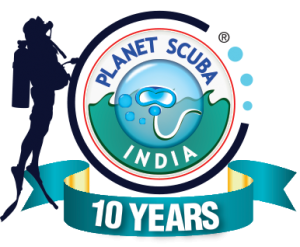 What happens when on the initial day of your scuba diving holiday itself you see manta rays and dozens of white tip and grey reef sharks? Well, the stakes just get higher for the dive guides. But then again, this is the Maldives! The tropical paradise made up of 26 atolls, with some of the best scuba diving sites in the world. And every dive here is simply spectacular.
What happens when on the initial day of your scuba diving holiday itself you see manta rays and dozens of white tip and grey reef sharks? Well, the stakes just get higher for the dive guides. But then again, this is the Maldives! The tropical paradise made up of 26 atolls, with some of the best scuba diving sites in the world. And every dive here is simply spectacular.
Scuba diving holiday in Magical Maldives
For Planet Scuba India, this was our third trip to the Maldives in 2018. And, come to think of it, it seemed like each diving holiday was trying to supersede the previous one. This time around, our liveaboard of choice was the Horizon 3. From October 7-13, this luxury liveaboard was home to 23 guests of different nationalities—Indians, Singaporeans, Taiwanese, Malaysians. Including two divers from India completing their PADI Open Water Diver course. They then went on to complete their PADI Advanced Open Water Diver course, along with three other scuba divers from India.
This diving holiday also had a couple of non-divers (who enjoyed themselves just as much, if not more) and some of the best photographers. You need only take a look at the pictures to nod in agreement.
It was six fun-filled days of eat, sleep and dive! And, of course, swapping of hilarious, unforgettable scuba diving adventures.
Here are some of the highlights of one of our best diving holidays in the Maldives.
The Manta show
First dive of the day at Lankan Manta point. This dive site, at the southeastern outer reef of Lankanfinolhu Island, is one of the most popular cleaning stations for manta rays in North Male Atoll. And, as luck would have it, on the day of our dive, the manta rays showed up in all their magnificent glory. We took a giant stride off the dive dhoni, descended a few meters, and gasped in awe (well, as much as one can gasp with regulator in mouth), as a manta ray elegantly swam past. Not knowing then that this was just a prelude of what was to come a few minutes later. Our dive guide led us to the coral blocks of the cleaning station. And, lo behold, heads swiveled in every direction as mantas glided in, out, and around in circles.
Here’s the thing about cleaning stations: they are a riot of colors. It is not just the mantas vying for attention but brightly hued cleaner fish, vibrant corals, and a motley of sea creatures. There is just so much to take in that you rue the fact that your neck isn’t able to turn more than 90 degrees. Just how are you supposed to see the cuttlefish whooshing past behind your back, when you eyes are so intensely trained on the spectacular subjects in front of you?!
Mantas come calling
Subjects that came to visit us later that night. Bang at dinnertime! Who cares about food when you can watch a manta ray circle around the back of your boat instead. Well, to be fair, it was dinnertime for the mantas too. And one somersaulted away, mouth agape, sieving marine organisms out of the water and into its stomach. Round and round it went, as 23 heads (more if you count the crew) stuck out of the sides of the boat watching in fascination. That is, till it had had its fill and glided away as surreptitiously as it had appeared.
Shark tale
Bathala Maaga Kanthila, North Ari Atoll. Even though this dive site, which we visited right after the underwater manta ray spectacle, had grey reef and white tip sharks. Not to forget, schools of yellowback fusiliers and a huge Napoleon wrasse that stole the show. It was the dive at Fish Head at North Ari Atoll that remains etched in our memory. Perhaps it was the story that did it for us. As our dive guide, Marko, told us during the briefing that at one time this was a famous fishing spot. But when the fishermen reeled in their catch, all they got was the heads of the fish. The sneaky sharks had eaten up the rest. Or perhaps it was the dive site itself. With its multiple ledges and picturesque overhangs replete with fan corals and abundant fish life.
Again, just a few meters and a few minutes into the dive, we spotted sharks right below us. Our dive guide took us on a detour, around one ledge and onto another below it. Having us swim stealthily to not disturb the unfolding drama. Sharks darted around, remoras in tow, while parrotfish hid in crevices in corals. And clownfish peeked out of anemones. Crustaceans moved a centimeter at a time to not be spotted.
It was 45 minutes of spying on sharks. Eyes wide in wonderment; cameras trained at the action. Grey reef sharks and white tip sharks, and also barracudas—all the predators at their A-game. Little wonder then that Fish Head, also known as Shark Point or Mushimasmingili Thila, is listed as one of the most famous dive sites in the world.
Night dive with nurse sharks
We just can’t get enough of sharks. Especially on night dives. Two months later, we were back during this diving holiday too to be bumped into by nurse sharks. Simply put, the dive at Alimatha Jetty, Vaavu Atoll, offers an adrenaline rush like no other. And to think that all you need to do is kneel on a sandy bottom. While nurse sharks, stingrays, travellies whip around you foraging for food. If we had to bet on a species, it would be the crafty travellies, who gulped down the food faster than the nurse sharks and stingrays could wonder: ‘where the heck did it go?’. It was a surreal experience that no amount of photographs or videos could do justice to. Though the ace photographers did manage to capture little snippets of the frenzy.
Back at the boat after the dive, and the nurse sharks came visiting. Who would have thought that after all the action underwater, there would still be so much excitement to see them. Cameras were whipped out. Facebook Lives were posted. Frantic video calls were made to friends to gloat about what they were missing.
Whale shark frenzy
There’s only one thing in the Maldives that can get divers into the water faster than you can blink. And that’s the much-awaited sound of someone screaming: ‘whale shark’! On this diving holiday, we snorkeled to see one just after our dive at Dhigurah Beyru, South Ari Atoll; a dive site that counts whale shark encounters as one of its highlights. It was a mad jumble of divers, cameras and fins, as a lonesome whale shark swam calmly, feeding its way through the waters. Seemingly oblivious to the mayhem unfolding above, for just a glance of it.
The UMS
Colloquially, UMS, or usual Maldivian stuff, is a term used to describe everything from soft corals to giant turtles. That’s because every dive in the Maldives reveals spectacular sights and secrets. Marble rays hunting together. Octopuses, tentacles intertwined, in a sort of a love-hate dance. Mantis shrimp peeking out from its coral den. Scorpionfish in perfect camouflage waiting for its prey. Turtles gorging themselves silly on sponges. Sweetlips hanging out under overhangs. Moray eels getting spruced up by banded coral cleaner shrimps. Shoals of glassfish darting in and out of a wreck. Feather starfish climbing over hard corals. Stingrays swimming in and out of camera range. Schools of bannerfish, yellowback fusiliers, batfish, red snappers just going about their day underwater. And a liveabord full of happy divers. ‘Coz you just couldn’t ask for a better diving holiday destination than the Maldives.
Why Sipadan should be on your dive bucket list
Dive Sipadan with the world’s most unique dive resort, the SEAVENTURES DIVE RIG
Rated number 1 on CNN’s tour of Asia’s most spectacular underwater dive sites, Sipadan is the only oceanic island in Malaysia, rising 600m (2,000 feet) from sea bed. Formed over thousands years by living corals growing on top of an extinct volcano off the south east coast of Sabah, Malaysia, Sipadan is well known for its stunning underwater scenery and large numbers of marine species.
Gaining prominence around early 80s, Sipadan quickly became one of the top dive destinations on every divers must–do bucket list and was the favorite place in the world for Jacques Cousteau, the diving world’s most well-known name. For Jacques who had more or less dived the entire world in the early days of diving with little pollution and plastics in the oceans, to call this place the best, it had to be really spectacular.
Sipadan is surrounded by very rich reef life consisting of both hard and soft coral as well as all manner of reef fish. Sea turtles and white tip reef sharks can be seen on almost every dive and hammerhead and leopard sharks can also be seen at. Huge schools of jackfish, barracudas and bumphead parrotfish are also seen especially around Barracuda Point, which is the most prime dive spot which gave Sipadan its fame. The unforgettable experience of being completely surrounded by schools of jackfish or barracuda “tornado” as they change direction is mostly around this dive spot.
It is almost impossible to list all the fish and other sea creatures that you might encounter underwater when diving at Sipadan. Among the species are schools of big-eye trevallies, many turtles, tornado-like formations of barracudas, schools of bumphead parrotfishes, giant mantas, eagle rays, schools of tunas, many species of sharks including schools hammerhead sharks, whale sharks and thousands of other species of fish.
In addition to Sipadan, where the diving opportunities may be controlled to retain the diversity, the other dive sites around Mabul and Kapalai also are a feast to watch with multitudes of converging marine life. Blue skies, clear waters, convenient diving and tropical scenery, but it is below the surface where this island really excels. One of the island’s unique features is a turtle tomb, an underwater limestone cave that features many narrow tunnels and chambers containing the remains of green sea turtles that have become trapped and drowned. This spot however is not open to novice divers and requires a fair amount of experience before trying it. Divemasters and dive guides make sure the proper training and regulations are followed with safety as priority.
